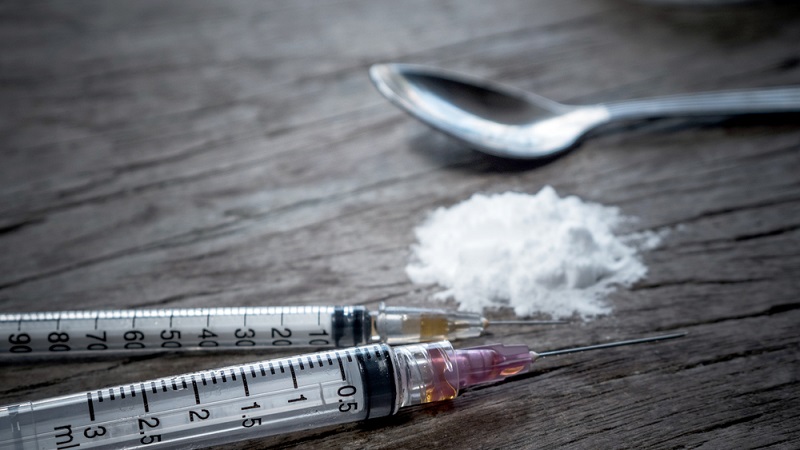US Life Expectancy Dropped in 2017. Drug Overdose Deaths Are a Big Reason Why

Life expectancy for the average person in the U.S. dropped slightly in 2017, marking the second time in recent years that U.S. life expectancy has fallen, according to a new report from the Centers for Disease Control and Prevention.
The decline is likely due in part to the continuing rise in drug overdose deaths, the CDC said.
Babies born in 2017 have an estimated average life expectancy of 78.6 years, according to the report. That's down from 78.7 years in 2016 and 2015 and 78.9 years in 2014, the researchers said. Prior to 2015, U.S. life expectancy had not declined for several decades.
The 2017 decline was due to a drop in life expectancy among men, who saw their estimated life expectancy at birth decline from 76.2 years in 2016 to 76.1 years in 2017. Life expectancy for women in 2017 remained unchanged from 2016, at 81.1 years. [Extending Life: 7 Ways to Live Past 100]
The report also found that the life expectancy decline was largely due to increases in deaths from unintentional injuries, suicide, diabetes, and the flu and pneumonia. Increases in deaths from unintentional injuries — a category that includes accidental drug overdose — played the biggest role in the decline in life expectancy in 2017, the report said.
Indeed, a second report, also from the CDC, found that deaths from drug overdoses continue to soar. In 2017, about 70,200 people died from drug overdoses, up from about 63,600 deaths in 2016. A third report from the CDC found that the rate of death from sucide increased nearly 4 percent from 2016 to 2017.
"Tragically, this troubling trend [in life expectancy] is largely driven by deaths from drug overdose and suicide," CDC Director Dr. Robert Redfield said in a statement. "Life expectancy gives us a snapshot of the nation's overall health, and these sobering statistics are a wakeup call that we are losing too many Americans, too early and too often, to conditions that are preventable."
Sign up for the Live Science daily newsletter now
Get the world’s most fascinating discoveries delivered straight to your inbox.
The death rate from drug overdoses increased by nearly 10 percent, from 19.8 deaths per 100,000 people in 2016 to 21.7 deaths per 100,000 people in 2017.
Dr. Larissa Mooney, an associate clinical professor of psychiatry at the University of California, Los Angeles, who was not involved with the CDC reports, said that she's particularly concerned about the numbers; specifically, "the rise in number of Americans dying from drug overdoses every year."
"It just speaks to the urgency of coming up with new strategies to curb the opioid crisis," Mooney told Live Science.
A comprehensive approach is needed to tackle the opioid epidemic, she said, including preventing new cases of opioid addiction and making treatments for opioid-use disorder more accessible.
There's also a need to prevent potent synthetic opioids, such as fentanyl, from entering the drug market. People can unknowing consume fentanyl when this drug contaminates other illegal substances; and small amounts of fentanyl can be fatal, Mooney said.
Indeed, the CDC report found that the death rate from synthetic opioids other than methadone — a category which includes fentanyl — increased 45 percent from 2016 to 2017. That rate rose from 6.2 deaths per 100,000 people to 9 deaths per 100,000 people. This follows a doubling of the death rate due to fentanyl and similar drugs from 2015 to 2016.
The rate of overdose deaths from heroin and some prescription opioids, including oxycodone and hydrocodone, remained about the same from 2016 to 2017, the report said.
- America's Opioid-Use Epidemic: 5 Startling Facts
- 9 Weird Ways You Can Test Positive for Drugs
- 8 Tips for Healthy Aging
Originally published on Live Science.

Rachael is a Live Science contributor, and was a former channel editor and senior writer for Live Science between 2010 and 2022. She has a master's degree in journalism from New York University's Science, Health and Environmental Reporting Program. She also holds a B.S. in molecular biology and an M.S. in biology from the University of California, San Diego. Her work has appeared in Scienceline, The Washington Post and Scientific American.









